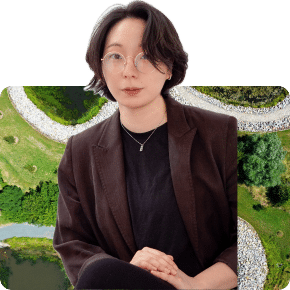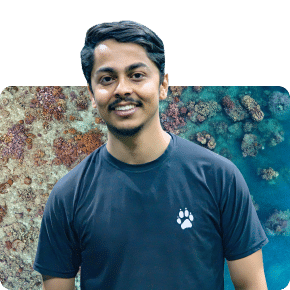About us
We are a group of scientists, developers, and people passionate about using GeoAI to make smarter, data-driven decisions for Earth.

Our why
We believe that geospatial insights are vital for solving Earth’s biggest challenges. Think climate change, food security, biodiversity protection and restoration, and building sustainable cities.
We are building tools that combine the precision of drones, the scale of satellites, and the intelligence of AI to revolutionize environmental and ecosystem analysis. Our platform will use drones to provide ground-truthing data, satellites for global coverage, and a natural-language AI interface to make it all accessible.
Whether you’re planning urban developments, managing agriculture, or protecting ecosystems, our solution delivers real-time insights, reduces errors, and saves millions in resource mismanagement.
We’re democratizing Earth intelligence for better, smarter decisions everywhere.
Our Team


Dr. Karen Joyce
Co-founder
With 25 years experience in geospatial technology across military, government, industry, and academia, I live and breath Earth observation. I love building intelligent and efficient workflows to tell Earth’s stories.


Anatolia Au
Product Designer
I enjoy crafting vibrant products and engaging user experiences that empower people to explore the world with new eyes.
Our Team
Working together to view Earth from above






Try GeoNadir for 7 days on us!
Hundreds of businesses and thousands of professionals choose GeoNadir. Try a 7-day FREE trial. No credit card required.
























